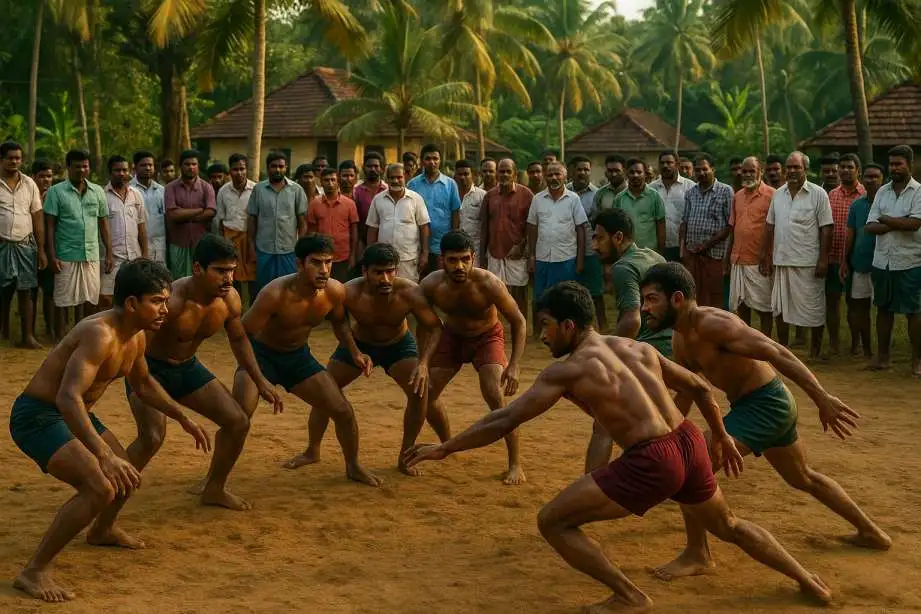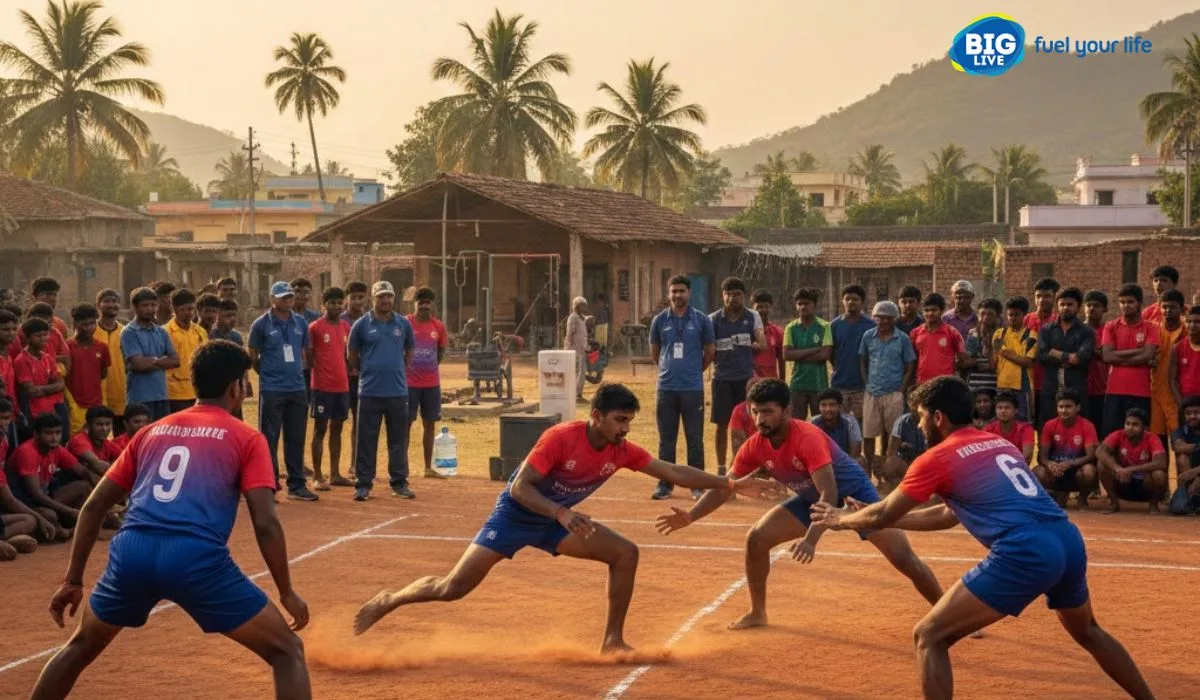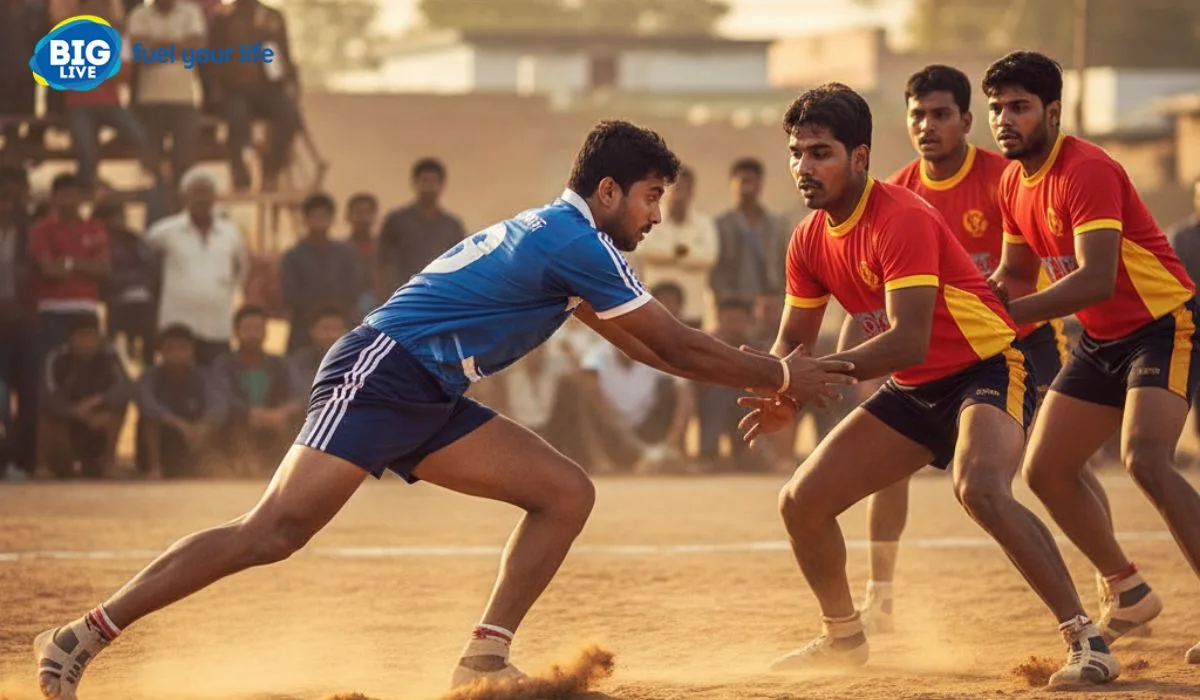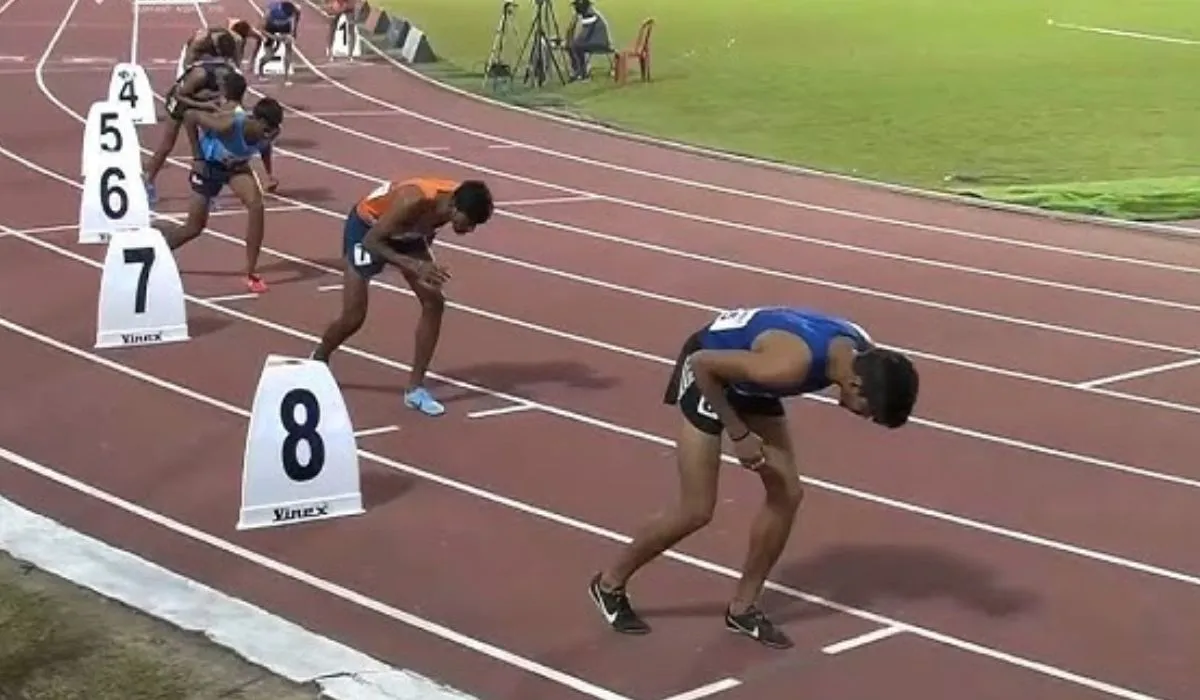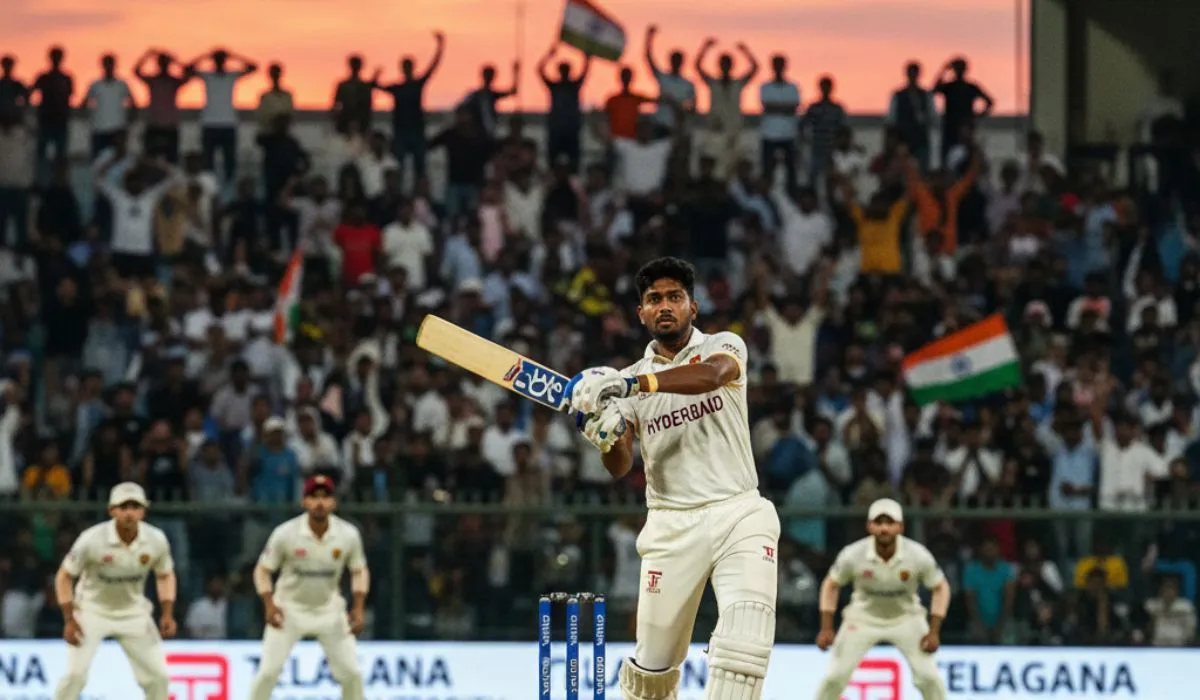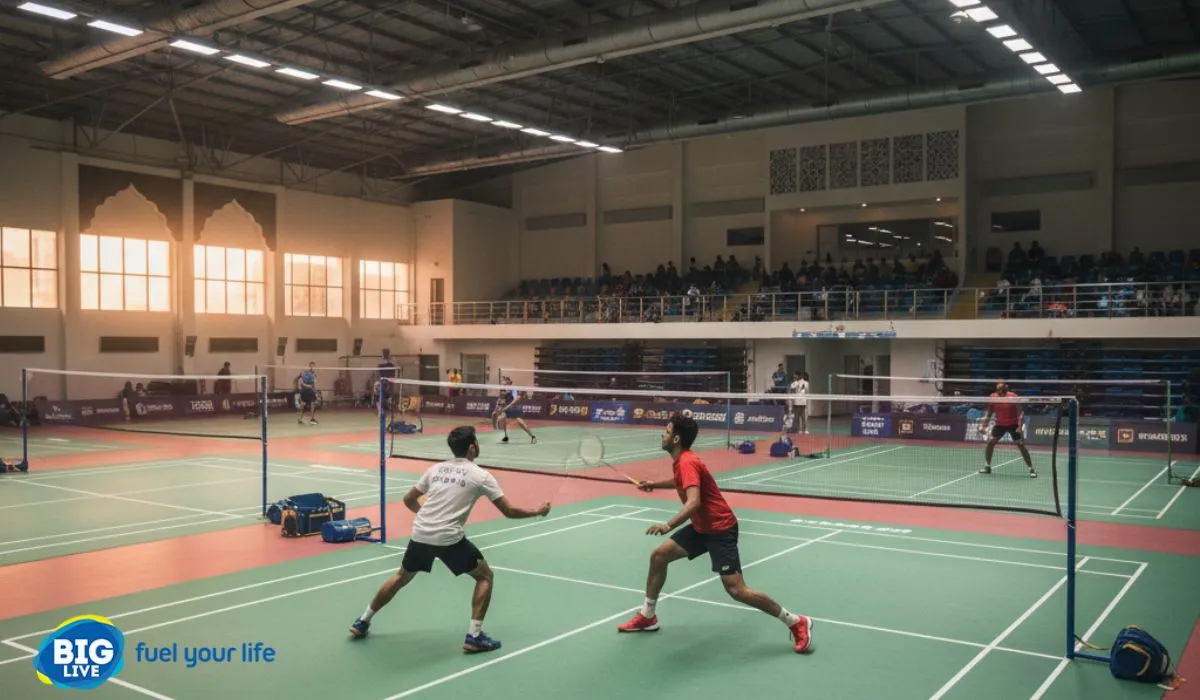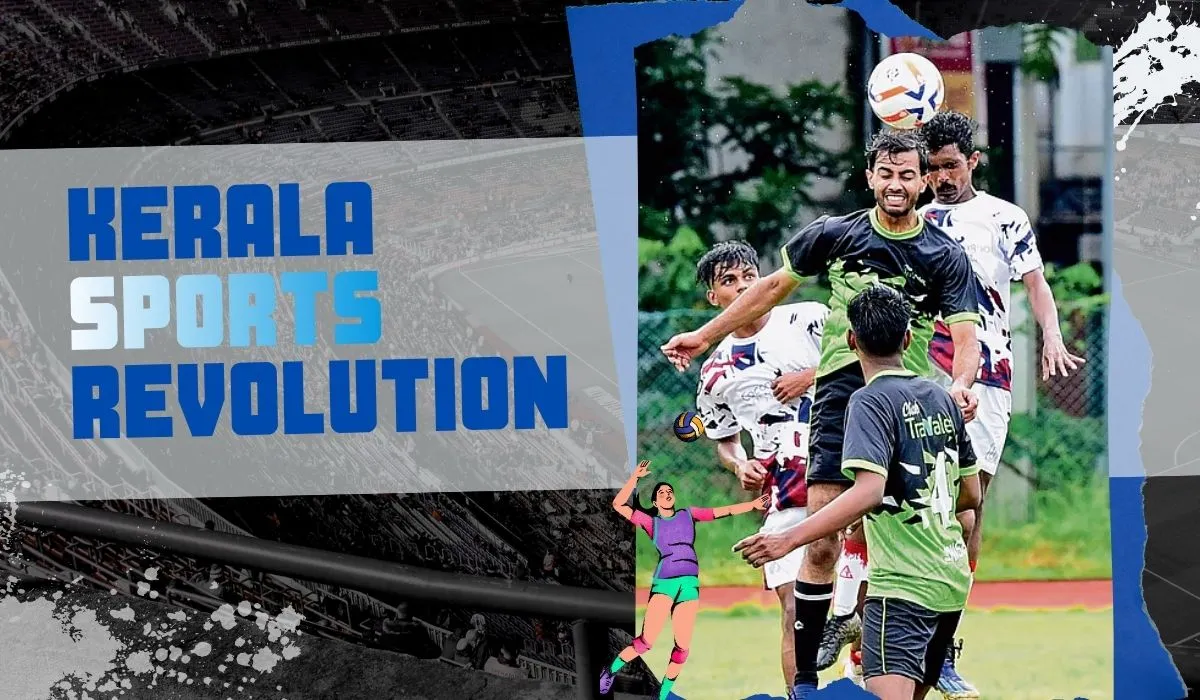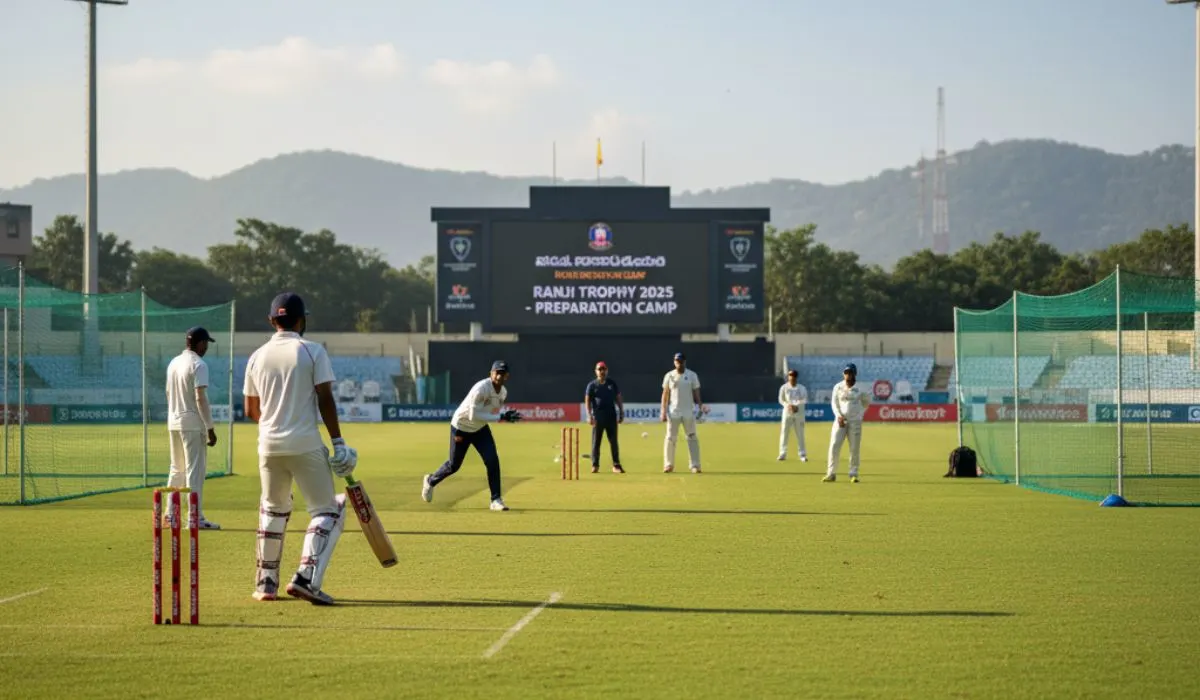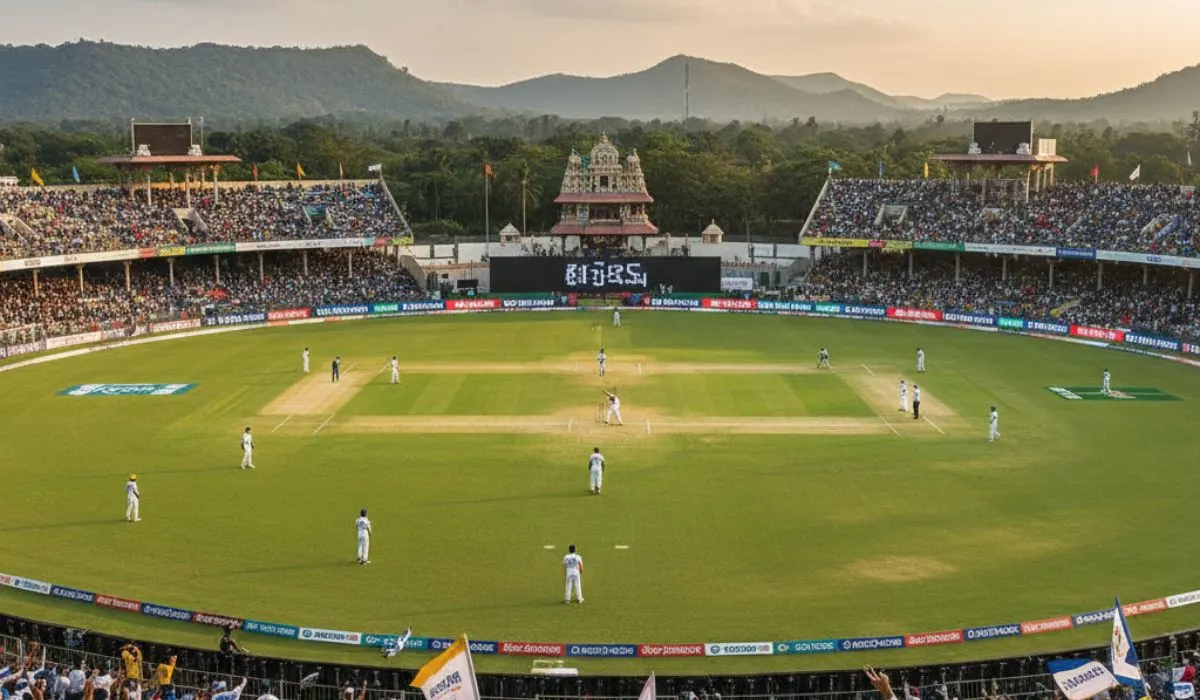In many villages of Kerala, the sport of Kabaddi is more than a game. It is woven into the social fabric. It binds people, creates community pride, and carries tradition forward. This article looks into how Kabaddi thrives in rural Kerala—how it is played, felt and celebrated—with attention to recent trends and developments.
Why Should You Try Kabaddi In Rural Kerala?
![]()
Playing kabaddi in rural Kerala combines exercise, cultural experiences, and community spirit. This is different from urban sports. In villages, the sport is a long-standing tradition. It’s open to all and usually played on basic, earthen fields.
The Roots and Tradition
Kabaddi is rooted in rural India, including Kerala. In village life, it was played in open fields, courtyards, and on festival days. In Kerala specifically, traditional games like Kabaddi and KhoKho have been listed among the games played for generations in the rural context.
Read Also: Kabaddi Kings and Queens: Punjab Rising Sports Icons
The simplicity of the game has helped it stay alive: no complex equipment, no big cost. In rural settings it has often been a spontaneous game, sometimes played after harvest, sometimes simply in the evening.
Community and Social Cohesion
In Kerala’s villages, Kabaddi is a community event. It draws children, youth, elders, and families. The matches are watched by neighbours, played by local teams, cheered by the village. As one source puts it:
In many rural areas, Kabaddi matches are key social events. where the entire village gathers to cheer on their local teams.
The communal aspect is strong: players are trained by local clubs, sometimes by schools, sometimes by village associations. This creates a sense of togetherness, shared identity, and pride.
In one village — Kadirur in Kannur district — a panchayat project has been launched to nurture Kabaddi talent: synthetic mats purchased, students selected, clubs supported.
Passion and Youth Engagement
Young people in rural Kerala are actively engaging with Kabaddi. It is seen not only as sport but also as a path for discipline, for physical fitness, and maybe even for recognition. For example, a free training academy in Kochi region trains girls and boys from subjunior to university levels.
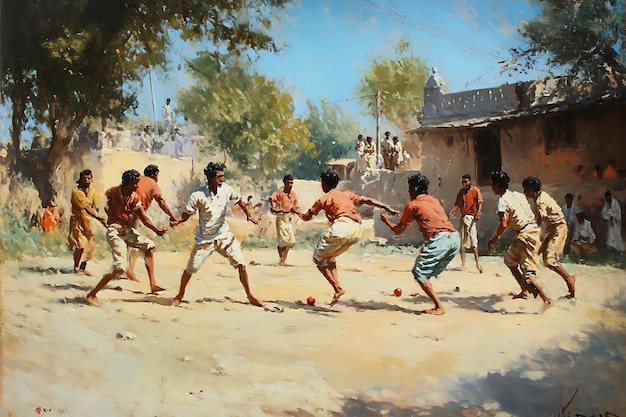
The game is evolving in Kerala: moving from muddy village grounds to proper synthetic mats and indoor facilities in some places. The local associations have set plans for coaching and infrastructure.
Infrastructure and Formalisation
While the tradition remains strong, formalisation is also rising. The Kerala Kabaddi Association (KKA) has laid out a mission for rural and district coaching centres. Coaching in rural areas is aimed to be expanded.
You Must Also Like: Kabaddi Events in Bihar Colleges: Local Talent and Sports Culture
In Kadirur village (Kannur), the panchayat purchased synthetic mats to match the playing conditions of professional matches rather than muddy grounds. So the gap between informal village play and formal state/national level competition is narrowing.
Tradition Meets Modern Trends
There is a confluence of old and new. On one hand, the traditional style of village play, in open fields and community gathering, still thrives. On the other hand, media exposure (for example through the Pro Kabaddi League), improved facilities, and formalised training are raising the level of play and visibility in Kerala. One article noted:
Kabaddi is gaining popularity compared to pre-pandemic times… Now indoor Kabaddi is played with shoes on a special mat. Much more interesting to watch for an audience.
The appeal of women’s participation is also rising. Rural training for girls is being organised, which were less common in earlier decades.
Challenges and Rural Dynamics
Despite growth, there are challenges. Traditional village grounds may lack proper infrastructure. Coaching and formal support are uneven. The Kerala Kabaddi Association notes that indoor practice facilities and proper grounds are limited.
Also, many rural players drop out when they must earn livelihood or migrate for work. As one study of rural India observed, skilled performers “generally play up to entry into breadearning status of the families”.
Furthermore, popular misconception or social incidents also appear. One older example: a coach in a Kerala village was blocked from a tournament under a false label.
Why Kabaddi Works for Rural Kerala?
Several factors make Kabaddi suited for rural settings in Kerala:
- Minimal equipment needed: no expensive gear → accessible to all.
- Strong community and festival culture in rural Kerala: matches become social occasions.
- Physicality and strategy: young people are drawn to the game’s challenges and team aspect.
- Local associations actively working to formalise and promote the game.
All these combine to support Kabaddi’s growth in the rural areas of Kerala.
Recent Developments In Kerala
The Kadirur village project (Kannur) has selected 70 students from a high school for specialised training, with the goal to become a national hub.
The Kerala Kabaddi Association’s “Mission-2025” includes rural coaching centres in all districts, development of multiple venues, and promotion of the sport at school level.
Coaching academies are now offering free training in some places, reaching talent from marginalised communities. These show that rural Kabaddi in Kerala is not just nostalgic practice but evolving with forwardlooking support.
The Cultural and Emotional Link
For many in rural Kerala, Kabaddi is emotional. It is played, watched, discussed. It carries memories of youth, of village days, of rivalry, of pride. When a player from the village makes good, the whole village celebrates.
The sport becomes part of the identity. In Kadirur, local players reaching the state team sparked more participation and aspiration. The sport also links generations: older players become coaches; elders become supporters; children become new players. The tradition is passed on.
The Path Forward
To ensure the passion endures, several steps are important:
- Strengthening infrastructure in rural areas: mats, indoor halls, lighting.
- Sustained coaching and talent scouting in villages and schools.
- Encouraging girls’ participation equally, especially in rural districts.
- Building community events around Kabaddi: festivals, tournaments, local leagues.
Creating pahways so rural players can progress to district/state/national level without dropping out for livelihood reasons. The mission set by the Kerala Kabaddi Association for 2025 reflects many of these.
Conclusion
In rural Kerala, Kabaddi is alive, vital and evolving. It is a sport deeply linked to community, tradition and passion. The simple game in a village yard has now taken on newer forms: academies, synthetic mats, girl players, formal support. Yet the heart remains the same: a team, a raid, a crowd from the village.
As Kerala’s villages change, more of them are ensuring that Kabaddi is not left behind. The tradition is being carried forward, adapted for modern times, but still rooted in the land, the people and their stories.
For those who visit rural Kerala and witness a Kabaddi match, what will be seen is not just sport. It will be society in motion, heritage in action, and young dreams being launched. Kabaddi in rural Kerala is much more than a game. It is tradition, community and passion—united.



